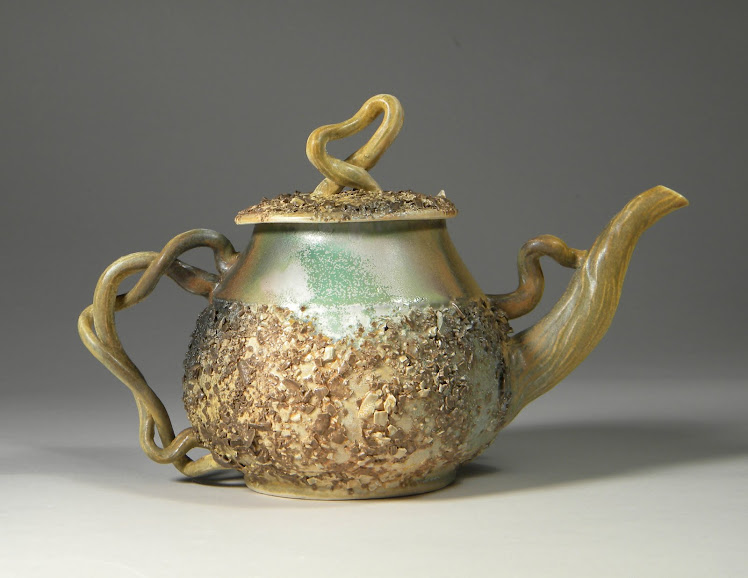I have dreams of one day having my own pug mill to make reclaiming clay much easier. Currently, it's something that I've learned to do by hand. It's much easier if wet clay is reclaimed with wet clay and dry with dry. I use 2 separate buckets that I purchased at home depot. I believe the capacity of each is about 5 gallons. I keep the wet bucket close to my wheels which makes it easy to transfer wet scrap into the bucket along with the slurry from my working water bucket. I've made 2 plaster slabs by pouring plaster into about 2" deep picture frames that I purchased on clearance at a discount store. When I'm ready to reclaim the clay, I scoop it out of the bucket and onto the plaster slab. I keep the thickness of the clay to less than 2". When the clay lifts easily off the plaster, I flip it over. Once the second side removes easily from the plaster, I wedge it and it's ready to use.
For dry clay, I break it up into small pieces before putting it into a bucket. I'll cover the broken pieces with water and let it soak for at least a week. Once everything is thoroughly saturated, I will use my electric mixer to help break up any clumps. I will then let it sit for days as the clay will sink to the bottom of the bucket and excess water may be scooped off the top. From there I process it on the plaster slabs as I would the wet clay.
If both the wet and dry are reclaimed together, there is a tendency to have hard lumps left in the clay.


